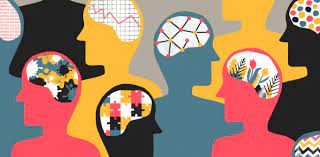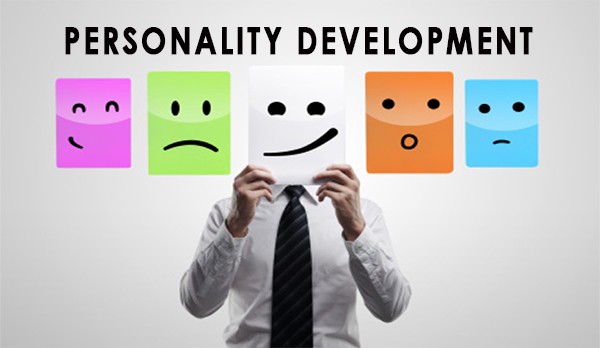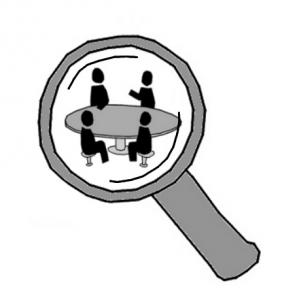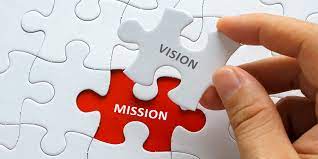Posted inPrinciple of Management
Other Personality Traits – Self Variables
In addition to the Big Five, researchers have proposed various other dimensions or traits of personality. They are called self-variables. People's understanding about themselves is called self-concept in personality theory and are important self-variables that have application in organizational behavior. These include self-monitoring, self-esteem, self- efficacy, etc. Self-esteem is the self-perceived competence and self-image. It is related to higher levels of job satisfaction and performance levels on the job. People with low self-esteem experience high levels of self-doubt and question their self-worth. Self-monitoring is the extent to which a person is capable of monitoring his or her actions and appearance in social situations. Self-efficacy is the belief in one’s abilities that one can perform a specific task successfully. A person may have high self-efficacy in being successful academically, but low self-efficacy in relation to his/her ability to fix the car. Personality thus impacts a person's performance in various dimensions in the workplace. Not every personality is suited for every job position, so organizations need to carefully consider personality traits and assign duties/roles accordingly. This can lead to increased productivity and job satisfaction.









